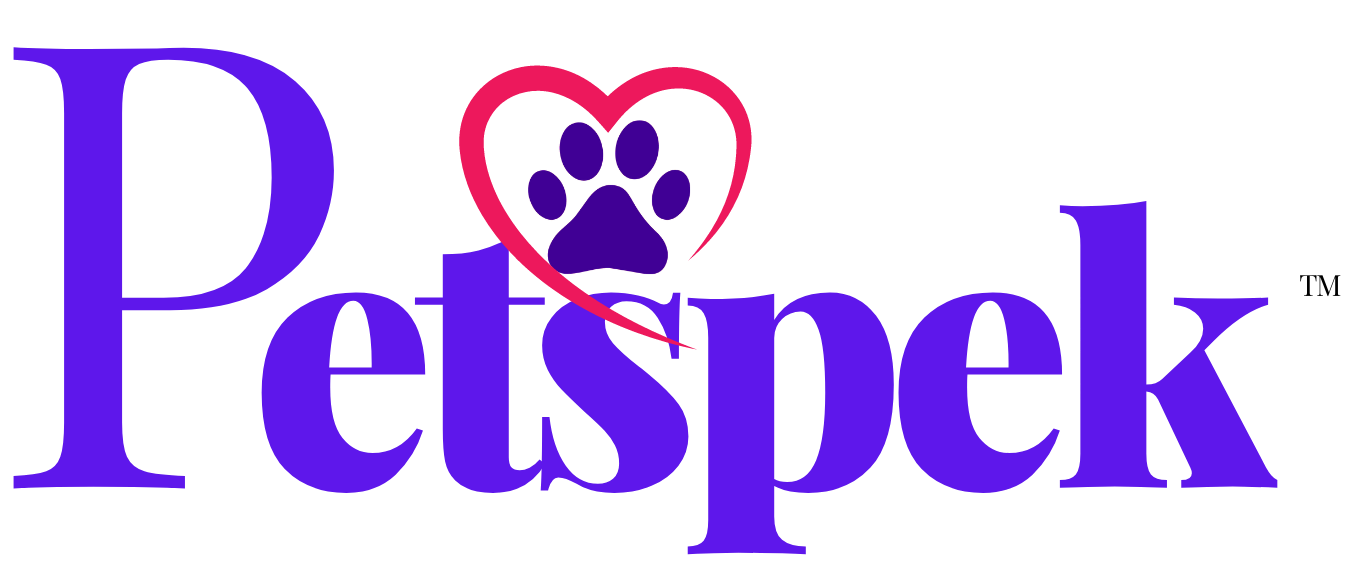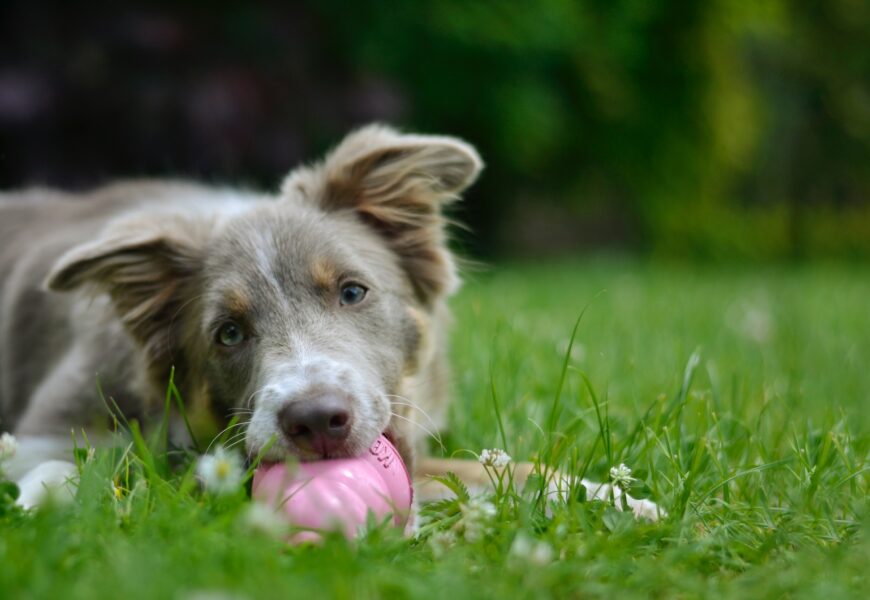“A Thriving Pet: The Power of Enrichment and Mental Stimulation”
Key takeaways:
- Enrichment is vital for a happy pet, going beyond basics.
- Use interactive toys and training to stimulate their minds.
- Customize activities based on the pet’s breed, age, and size.
- Outdoor adventures and safe indoor play prevent boredom.
- Seek professional help for behavioral issues.
- Prioritize safety during enrichment activities.
- Involve family members to strengthen the pet-owner bond.
- Enrichment leads to happier, healthier pets.
As we open our hearts and homes to our beloved pets, we must ensure they live their best lives alongside us. We cherish their companionship, their unwavering loyalty, and the unconditional love they shower upon us. It is only natural that we want to repay them with the same level of care and devotion. Beyond food, water, and shelter lies a world of possibilities to enhance their lives and foster their well-being. Enter the realm of pet enrichment and mental stimulation – a delightful journey that can make a difference to our furry companions.
Just like us, our pets have minds that crave engagement and activity. Mental stimulation is not just a buzzword; it’s the key to unlocking their inner happiness and keeping them intellectually sharp. Whether you have a playful pup, a curious cat, or an inquisitive little critter, there are numerous ways to keep their minds buzzing with excitement.
Interactive toys and puzzle games serve as mental gymnastics for our pets. They challenge their minds, stimulate problem-solving abilities, and prevent boredom from taking root. Whether it’s a treat-dispensing toy that encourages persistence or a challenging puzzle that demands cunning, these enriching activities tap into their instincts and keep their brains actively engaged.
But it doesn’t stop there; training and positive reinforcement play an equally vital role in their mental development. Dogs, highly trainable creatures, thrive on learning new tricks and commands. Training sessions strengthen the bond between you and your furry companion and provide them with mental challenges that keep their cognitive wheels turning.
Our feline friends may seem aloof but eager for mental engagement. Consider the magic of scent work and nose games in their daily routine. With their keen sense of smell, cats are expert hunters, and hiding treats or toys around the house can ignite their hunting drives. It’s gratifying to witness their detective skills as they follow the tantalizing scents, revealing their inner predator.
Beyond mental stimulation, physical enrichment is equally crucial for our pets’ overall health. Dogs, in particular, thrive on outdoor adventures and nature walks. Exploring new scents, sights, and sounds enriches their lives, making them more well-rounded and socially adaptable.
For our indoor-dwelling pets, indoor playtime and agility exercises are just as valuable. Providing them with climbing structures, scratching posts, and interactive toys can satisfy their need for exploration and play, all within the safe confines of your home.
Social interaction is another vital aspect of pet enrichment. Just like us, our furry friends benefit from companionship. If you have multiple pets, fostering a positive relationship among them can create a harmonious and emotionally enriching environment.
Mental Stimulation: Engaging Your Pet’s Mind for a Happier, Brighter Furry Friend
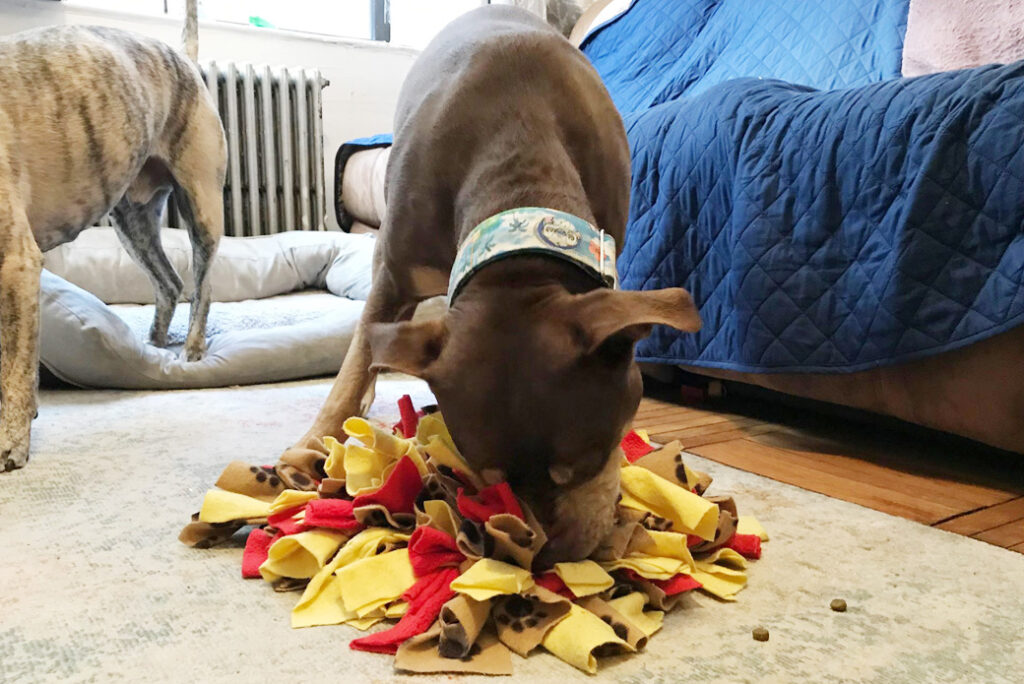
Interactive Toys and Puzzle Games
Our pets are more than just adorable companions; they possess remarkable intelligence and a thirst for mental challenges. Interactive toys and puzzle games are ingenious ways to tap into their cognitive abilities and provide hours of entertainment. These stimulating activities keep their minds sharp and foster a sense of accomplishment and satisfaction.
Regarding dogs, interactive toys come in various forms, from treat-dispensing balls to puzzle boards with hidden compartments. These toys encourage your pup to use their problem-solving skills and physical dexterity to access the tasty rewards concealed within. As they work through the puzzles, they gain a sense of achievement, boosting their confidence and overall mental well-being.
For cats, interactive toys that mimic the movement of prey are especially enticing. Feather wands, laser pointers, and rolling treat dispensers captivate their natural hunting instincts, allowing them to indulge in a rewarding and physically stimulating playtime. These activities are not only for their mental health but also to prevent boredom-related behavioral issues.
Moreover, for pets that enjoy a challenge, more comp toys are available, such as those requiring multiple steps to unlock a treat. These toys promote creativity, memory, and problem-solving as they experiment with different approaches to reach their delicious reward.
Training and Positive Reinforcement
Training your pet is more than just teaching them to follow commands; it’s an opportunity to bond and stimulate their minds through positive reinforcement. Dogs, in particular, thrive on training sessions where they can showcase their intelligence and eagerness to please their human companions.
Positive reinforcement training involves rewarding your pet for exhibiting desired behaviors, such as sitting, lying down, or coming when called. This method encourages good behavior and fosters a deeper understanding between you and your pet. Learning and receiving praise or treats stimulates the release of endorphins in their brain, creating a positive association with training.
Furthermore, training sessions serve as mental workouts for your pet. They must listen, think, and respond to cues, all engaging their cognitive faculties. As they master new skills, their confidence grows, leading to a more content and well-adjusted pet.
Consistency and patience are keys to successful training. Short and frequent sessions work best, and it’s essential to celebrate each small achievement. Whether you’re teaching your dog a new trick or encouraging your cat to use a scratching post instead of furniture, the process of learning and rewarding is a gratifying journey for both of you.
Incorporating Scent Work and Nose Games
For our furry friends, their sense of smell is more than just a sense; it’s a window to the world. Incorporating scent work and nose games into their routine taps into this powerful sense, providing them with an enriching experience that mirrors their natural behaviors.
Scent work involves introducing your pet to new scents and training them to identify specific odors. This can be as simple for dogs as hiding treats around the house and encouraging them to find these hidden treasures using their nose. You can elevate the challenge by introducing scent trails or playing hide-and-seek with scented objects as they become more proficient.
Nose games benefit cats equally, allowing them to explore and exercise their keen olfactory abilities. Hiding treats or toys in various locations around the house, or using scent-based puzzle toys entices their curiosity and engages their senses. This keeps them mentally stimulated and fulfills their instinctual need to explore and hunt.
Scent work and nose games can also be valuable tools for anxious or fearful pets. Sniffing releases calming endorphins, helping to reduce stress and promote relaxation. It’s a rewarding and confidence-building activity that allows your pet to interact with their environment in a meaningful and enjoyable way.
Physical Enrichment: Nurturing Your Pet’s Vitality and Joy through Active Play
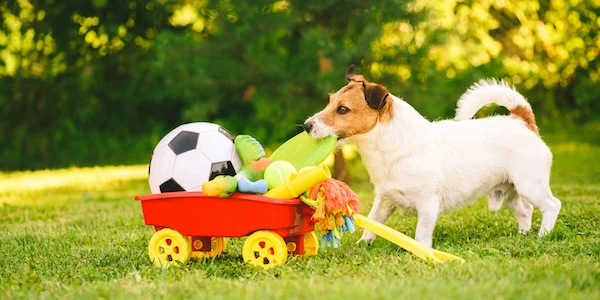
Outdoor Adventures and Nature Walks
As pet owners, we hold the key to unlocking our furry friends’ boundless energy and zest for life. Physical enrichment is a crucial aspect of their well-being, and there’s no better way to keep them active and happy than through outdoor adventures and nature walks.
Dogs, in particular, thrive on exploring the great outdoors. Taking them on regular walks provides them with essential exercise and fulfills their instinctual need to sniff, roam, and experience new environments. Each walk is a sensory journey for your furry companion, as they encounter a symphony of scents and sights, engaging their curious minds and exhilarating their spirits.
Nature walks allow your pet to experience natural terrain and diverse landscapes. Whether it’s a tranquil stroll along a forest trail or a romp on the sandy shores of a beach, these experiences awaken their primal instincts and deepen their connection to the natural world.
Hiking and trekking are also fantastic activities for dogs with a more adventurous spirit. Not only does it challenge their physical endurance, but it also fosters a sense of companionship and adventure between you and your pet. Always bring enough water for both of you, and be mindful of your pet’s comfort and safety.
Indoor Playtime and Agility Exercises
Rainy days or limited outdoor space need not dampen your pet’s spirits. Indoor playtime and agility exercises offer many opportunities to keep your furry friend physically engaged and mentally stimulated.
Interactive toys and play sessions provide an outlet for their energy and offer mental challenges as they chase, pounce, and tug. Feather wands, plush toys, and rolling treat dispensers can captivate your cat’s curiosity and entertain them for hours. For dogs, a game of fetch, tug-of-war, or hide-and-seek can unleash their vitality and keep their tails wagging with joy.
Agility exercises are excellent for dogs that enjoy more structured play. You can set up a simple agility course using household items like cones, hula hoops, and low jumps. Guiding your pet through the course and encouraging them to complete each obstacle stimulates coordination, balance, and confidence.
Creating an indoor obstacle course is a great exercise and an opportunity for you and your pet to bond. Use positive reinforcement and treats to encourage them through the course, turning the experience into a fun and rewarding game.
Fostering Social Interaction with Other Pets
As social interaction is vital for humans, fostering socialization with other pets is essential for our furry friends. Whether you have multiple pets at home or visit dog parks, playdates, or pet-friendly events, providing opportunities for your pet to interact with others can positively impact their overall well-being. Socialization is a fundamental part of dogs’ development, especially during their early months. Exposing them to different dogs and people helps build their confidence and reduces the likelihood of fear-based behaviors. Dog parks offer an excellent environment for off-leash play, allowing your pet to engage in joyful interactions and make new furry friends.
Cats, too, can benefit from socialization with other pets, especially if they have been introduced gradually. If you have more than one cat at home, ensure they have ample space and resources to coexist harmoniously. Offering multiple scratching posts, hiding spots, and separate feeding areas can help prevent any potential conflicts.
Visiting pet-friendly events and playdates can be a rewarding experience for both you and your pet. They enjoy the company of their fellow four-legged pals while you connect with other pet owners who share your love for animals.
Enriching Your Pet’s Environment: Nurturing a Happy and Contented Companion
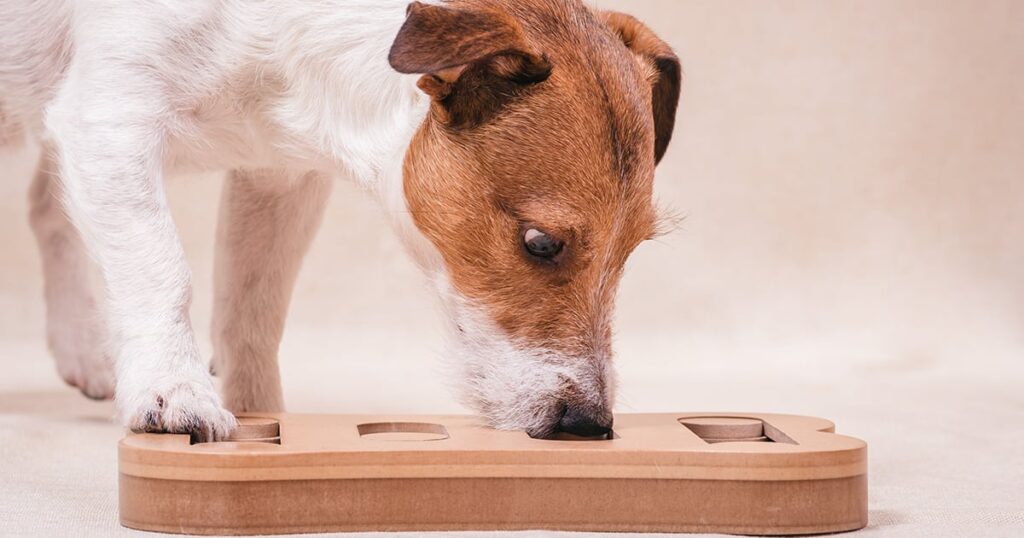
Creating a Stimulating Living Space
As pet owners, we can shape our furry friends’ environment, and creating a stimulating living space is essential for their overall well-being. Like us, our pets thrive in an environment that nurtures their physical and mental needs.
Start by designing a space that offers a variety of sensory experiences. Cats, for example, love vertical spaces, so providing cat trees, shelves, and perches allows them to explore their surroundings from new heights. It also gives them a sense of security and a perfect vantage point to observe their kingdom.
For dogs, consider designating a cozy corner or crate with soft bedding where they can retreat when seeking solitude or rest. Additionally, having access to windows allows them to watch the world outside and engage with the sights and sounds of nature.
Introducing toys and interactive elements throughout your pet’s living space can further stimulate their minds. Rotate their toys regularly to keep their interest piqued, and consider incorporating puzzle feeders to make mealtime an exciting mental exercise. Various toys that cater to their instincts, such as scratching posts for cats or chew toys for dogs, can also prevent boredom and destructive behavior.
Remember to provide space for your pet to seek privacy and safety when needed. Having separate areas for eating, resting, and playing allows them to engage in these activities without feeling overwhelmed or crowded. Ultimately, a stimulating living space tailored to your pet’s specific needs and preferences will enhance their daily lives and promote a sense of contentment.
Providing Safe Exploration Opportunities
The world is a vast playground for curious pets, waiting to be explored. Providing safe exploration opportunities within your home or in a controlled outdoor setting can satisfy their innate desire to investigate and learn.
Creating a “cat-friendly” environment for indoor cats involves enriching their living space with stimulating objects. Consider adding scratching posts, tunnels, and hiding spots where they can engage in natural behaviors like scratching, hiding, and pouncing. Window perches are a bonus, allowing them to gaze outside and experience the sights and sounds of the outside world.
Dogs also benefit from exploration; outdoor adventures provide the perfect opportunity to engage their senses. Going on regular walks or hiking trails allows them to explore new scents, sights, and textures, providing mental and physical exercise. Ensure your pet is properly leashed and supervised during outdoor excursions to keep them safe and prevent unexpected encounters.
Incorporating “sniff walks” during your regular walks is another way to stimulate your dog’s mind. Allow them to follow their nose and take in the world through their incredible sense of smell. Sniffing is enjoyable for the Ando, providing mental enrichment as they encounter a treasure trove of scents.
Utilizing Food-Dispensing Toys and Treat Puzzles
Mealtime is more than just a time to nourish your pet; it’s an opportunity to engage their minds through food-dispensing toys and treat puzzles. These interactive feeding methods tap into their natural foraging instincts, making mealtime an exciting and rewarding experience.
Food-dispensing toys like Kongs or treat balls require dogs to work for their meals. They engage their problem-solving skills and physical coordination as they nudge and roll the toy to release the hidden treats. This slows their eating pace, provides mental stimulation, and prevents boredom.
Treat puzzles offer a similar experience for cats, challenging their intelligence and agility as they navigate the puzzle to access the hidden treats. Figuring out how to release the treats triggers their curiosity and engages their minds.
Using food-dispensing toys and treat puzzles is especially beneficial for pets who eat quickly or need to lose weight. The mental exercise in retrieving their food makes the meal more satisfying, reducing the likelihood of overeating.
Mental Health and Behavioral Benefits: Unleashing the Power of Enrichment for Your Pet
Reducing Boredom and Destructive Behavior
Like humans, pets can suffer from boredom, leading to undesirable behaviors. However, incorporating mental enrichment into their daily lives can prevent boredom and destructive behaviors.
Interactive toys and puzzle games are effective tools for combating boredom. When your pet is mentally stimulated and engaged, they are less likely to resort to destructive behaviors out of frustration or restlessness. These activities provide an outlet for their energy and curiosity, keeping their minds occupied and content.
Regular training sessions are also essential to reducing boredom. Learning new commands and tricks enhances their cognitive abilities and gives them a sense of purpose and accomplishment. Engaging their minds positively reduces the likelihood of engaging in destructive activities, such as chewing furniture or excessive digging.
By keeping your pet mentally stimulated and entertained, you create a happier and healthier environment, making destructive behaviors a thing of the past.
Alleviating Separation Anxiety
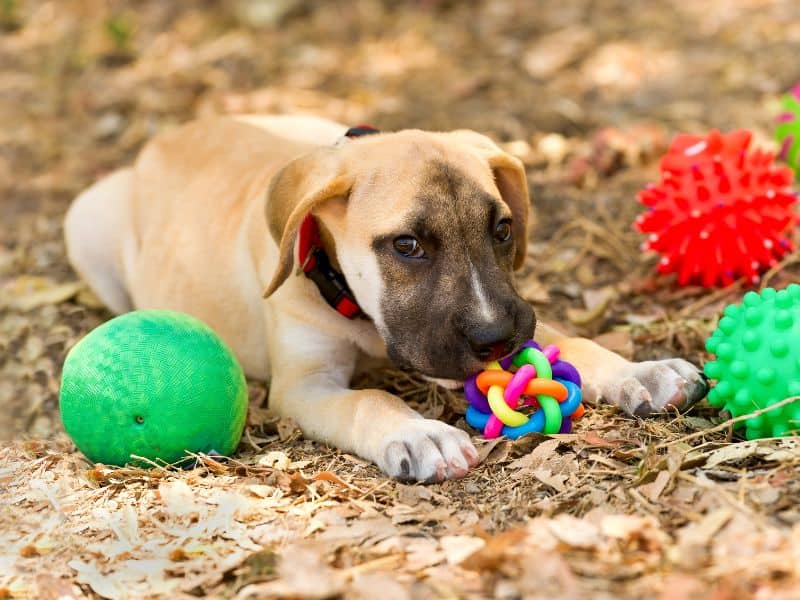
Separation anxiety is common for pets, causing distress when left alone. The good news is that mental enrichment can be a powerful tool for alleviating separation anxiety and providing comfort when you’re not around.
Incorporating scent work and nose games into their daily routine can have a calming effect on anxious pets. Leaving scented objects or treats hidden around the house before you leave can distract and engage their minds, making their alone time more enjoyable.
Food-dispensing toys and treat puzzles also work wonders in alleviating separation anxiety. By providing these toys before you leave, your pet will associate your departure with a positive experience—finding treats and solving puzzles. This helps create a positive association with being alone and reduces their anxiety.
Additionally, consider leaving a piece of clothing or a familiar item with your scent near your pet’s resting area. Your scent can provide comfort and reassurance during your absence, helping to ease their anxiety.
Enhancing Learning Abilities and Cognitive Skills
Enrichment activities are not just enjoyable; they also serve as valuable tools for enhancing your pet’s learning abilities and cognitive skills.
Interactive toys and puzzle games challenge your pet’s problem-solving abilities, memory, and coordination. They engage their minds strategically and thoughtfully as they figure out how to unlock the treats hidden within these toys.
Training sessions are also an excellent way to enhance cognitive skills. Learning new tricks or commands requires focus and concentration, promoting mental agility and boosting their ability to retain information.
Furthermore, engaging in scent work and nose games taps into their keen sense of smell, promoting mental stimulation and sensory development. These activities encourage your pet to explore and analyze their surroundings, sharpening their cognitive abilities.
As your pet continues to engage in mental enrichment activities, you’ll likely notice improved memory, quicker learning, and enhanced problem-solving abilities. Mental stimulation is a powerful tool for unlocking their full potential and ensuring they remain mentally sharp and cognitively fit throughout their lives.
Tailoring Enrichment to Different Pets: Unleashing the Joy in Diverse Companions
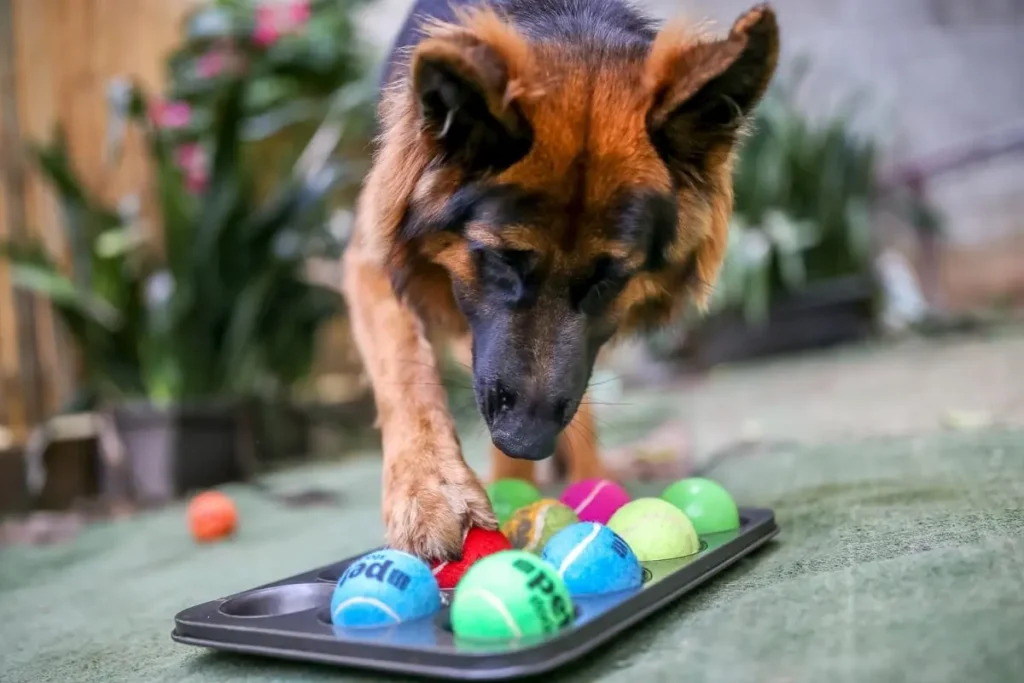
Dogs: Breed and Size Considerations
Dogs, with their diverse breeds and sizes, have unique needs when it comes to mental and physical enrichment. Tailoring enrichment activities to match their traits ensures they thrive and lead fulfilling lives.
Interactive toys and puzzle games designed for small dog breeds are ideal for their size. Toys that can be easily manipulated with paws or mouths, such as small treat-dispensing balls, keep their minds engaged without overwhelming them.
Medium and large breeds often have more energy to expend. Engaging them in activities that cater to their specific interests, such as fetching, agility exercises, or even scent work, can provide the mental and physical stimulation they crave.
Breed considerations are also important. For herding breeds, like Border Collies or Australian Shepherds, providing them with tasks that simulate their herding instincts can be incredibly rewarding. Setting up obstacle courses or engaging them in advanced training sessions can channel their energy into positive behaviors.
Conversely, for breeds with less energy, like Bulldogs or Basset Hounds, more relaxed activities, such as hide-and-seek games or low-impact agility, can be equally beneficial.
Cats: Indoor vs. Outdoor Enrichment
When it comes to enriching the lives of our feline friends, considerations for indoor and outdoor environments play a crucial role in their well-being.
Indoor cats benefit from a carefully curated living space that caters to their instincts. Vertical spaces, like cat trees and shelves, provide opportunities for climbing and perching, which satisfy their desire to explore and survey their territory.
Interactive toys and puzzle feeders engage their hunting instincts, allowing them to stalk, pounce, and capture their “prey.” Incorporating different textures and materials into their environment, like scratching posts and soft plush toys, keeps them mentally stimulated and physically active.
For outdoor cats, access to a safe and secure outdoor space allows them to experience the sights, sounds and smells of the outside world. Providing a secure outdoor enclosure, also known as a “catio,” offers them the freedom to explore while minimizing the risks of roaming freely outdoors.
Small Animals and Exotic Pets: Unique Enrichment Ideas
Small animals and exotic pets, from rabbits and guinea pigs to reptiles and birds, also require mental and physical enrichment tailored to their species-specific needs.
Rabbits and guinea pigs, for instance, benefit from various toys and activities that encourage their natural behaviors. Chew toys made of safe materials help maintain healthy dental hygiene, while tunnels and hideouts create opportunities for exploration and security.
Reptiles, such as turtles or snakes, require environmental enrichment that mimics their natural habitat. Providing different substrates, hiding spots, and basking areas aligns with their instinctual needs and promotes a sense of security and well-being.
Birds thrive on mental stimulation and social interaction. Interactive toys, like puzzle feeders or toys that encourage foraging, keep their minds active. Social birds, like parrots, also benefit from time spent outside their cages with their human companions or other compatible birds.
Each exotic pet has unique needs, so it’s essential to research and understand their natural behaviors and preferences. Enrichment ideas can range from providing opportunities for climbing and burrowing to introducing different textures and materials for exploration.
Overcoming Challenges and Potential Risks: Ensuring Safe and Balanced Pet Enrichment
Avoiding Overstimulation and Exhaustion
While mental and physical enrichment are essential for our pets’ well-being, it’s crucial to strike a balance and avoid overstimulation and exhaustion. Too much stimulation, especially for highly excitable pets, can lead to stress and anxiety, adversely affecting their mental health.
Recognizing your pet’s limits is key to preventing overstimulation. Monitor their behavior during enrichment activities, and if you notice signs of agitation, restlessness, or withdrawal, it may be time to take a break. Remember that each pet is unique, and what suits one may not be suitable for another.
It’s also essential to consider your pet’s age, health condition, and energy level when designing enrichment activities. Puppies and senior pets may have different exercise and mental stimulation requirements, so tailor their activities accordingly.
To avoid exhaustion, ensure that physical activities are appropriate for your pet’s fitness level. Gradually increase the intensity and duration of exercises to build their stamina. Always provide ample opportunities for relaxation to allow them to recharge their energy.
Addressing Behavioral Issues with Professional Help
Enrichment activities can play a significant role in addressing certain behavioral issues, but some issues may require professional assistance. If you notice persistent behavioral problems, such as aggression, excessive barking, or anxiety, seeking guidance from a certified animal behaviorist or a qualified trainer is essential.
A professional can assess your pet’s behavior and create a tailored enrichment plan that addresses the root cause of the issue. They can provide valuable insights and guidance on implementing positive reinforcement techniques to modify undesirable behaviors.
Addressing behavioral issues promptly improves your pet’s quality of life and strengthens your bond with them. The earlier you seek professional help, the better your chances of successful behavior modification.
Safety Precautions and Pet-proofing Measures
Safety should always be a top priority as we enrich our pets’ lives. Enrichment activities should be designed to minimize potential risks and hazards to keep our furry companions safe and secure.
When using interactive toys and puzzle games, choose durable, non-toxic materials suitable for your pet’s size and chewing habits. Regularly inspect toys for signs of wear and tear, and replace them as needed to avoid ingesting small parts.
Supervision is essential during enrichment activities, especially when introducing new toys or experiences. This is particularly important for small animals and exotic pets, as they may encounter new substances or textures that could pose a risk.
Pet-proofing your living space is vital to preventing accidents and injuries. Keep toxic substances, small objects, and potentially harmful items out of your pet’s reach. Secure electrical cords and ensure indoor and outdoor environments are free from potential hazards.
Additionally, when introducing new outdoor experiences, such as nature walks or outdoor playtime, ensure your pet is on a secure leash or harness to prevent them from wandering into dangerous areas or encountering potential hazards.
Integrating Enrichment into Daily Routines: Nurturing a Fulfilling Life for Your Beloved Pet
Developing a Well-rounded Enrichment Plan
Integrating enrichment into your pet’s daily routines is a wonderful way to provide them with a fulfilling and joyous life. Developing a well-rounded enrichment plan ensures your furry companion receives balanced mental and physical stimulation.
Start by assessing your pet’s individual needs and preferences. Consider their age, breed, size, and energy level to tailor activities that suit them best. Some pets may have a natural affinity for puzzle toys and problem-solving, while others may thrive on physical activities like fetch or agility exercises.
Include various enrichment activities to keep your pet engaged and prevent boredom. This may include interactive toys, treat puzzles, training sessions, nature walks, or even playdates with other pets. Rotating toys and activities regularly can help maintain your pet’s interest and enthusiasm.
Be patient and allow your pet time to explore and adjust to new experiences. Some pets may take time to warm up to new toys or activities, but they’ll likely embrace these enriching moments with gentle encouragement and positive reinforcement.
Balancing Mental and Physical Stimulation
A well-rounded enrichment plan perfectly balances mental and physical stimulation, promoting overall health and happiness in your pet.
Mental stimulation activities like puzzle toys and training sessions engage your pet’s cognitive abilities and promote problem-solving skills. These activities challenge their minds and prevent mental stagnation, which can lead to behavioral issues.
Physical activities are equally vital in keeping your pet physically fit and preventing obesity. Regular walks, playtime, and agility exercises provide much-needed exercise, keeping their muscles strong and their joints healthy.
When planning physical activities, consider your pet’s age and physical capabilities. Puppies and young animals may have more energy and need more vigorous exercise, while senior pets may require more gentle and low-impact activities.
Combining mental and physical stimulation in your pet’s daily routine provides a holistic and enriching experience, enhancing their well-being on multiple levels.
Involving Family Members in Pet Engagement
Integrating enrichment into your pet’s daily routines is beneficial for them and an excellent opportunity to foster a deeper bond with your family members. Involving family members in pet engagement creates shared experiences and strengthens the connection between your pet and the entire household.
Encourage family members to participate in training sessions and interactive play with your pet. Whether teaching a new trick, playing fetch, or solving a puzzle toy together, these interactions create positive associations for your pet and reinforce their trust in family members.
Family members can also take turns being responsible for different aspects of the enrichment plan, such as walking the dog or setting up the cat’s puzzle feeder. This distributes the responsibility and allows everyone in the family to engage with the pet and share in their daily enrichment experiences.
Moreover, involving children in pet engagement fosters a sense of responsibility, empathy, and compassion. It teaches them to understand and respect animals’ needs, creating a nurturing environment for the pet and promoting a loving bond between children and pets.
Conclusion:
In the world of pet care, it is increasingly evident that enriching our beloved companions’ lives with mental stimulation and engaging activities is not just a luxury but a necessity. Keeping our pets happy and engaged goes beyond providing them with necessities; it involves nurturing their minds and fulfilling their innate instincts, allowing them to thrive physically, emotionally, and mentally.
We have delved into the depths of creating a holistic enrichment plan to understand the importance of mental stimulation and its positive effects on a pet’s well-being to tailor enrichment activities to suit different species and breeds.
Interactive toys and puzzle games have emerged as a fundamental means of engaging a pet’s mind and promoting problem-solving skills. Training sessions, too, have proven to be powerful tools for strengthening the bond between pet and owner and enhancing the pet’s cognitive abilities.
Furthermore, the great outdoors beckons with nature walks and outdoor adventures, allowing our pets to connect with their primal instincts and experience the wonders of the natural world. For indoor pets, creating a stimulating living space and providing safe exploration opportunities foster a sense of contentment and fulfillment.
It is essential to acknowledge that each pet has unique needs and preferences. Understanding their distinct personalities, energy levels, and breed characteristics enables us to tailor enrichment activities that resonate with them, thus maximizing the benefits of the enrichment process.
Avoiding overstimulation, seeking professional help for behavioral issues, and implementing safety precautions are vital to ensuring our pets’ enrichment experiences remain positive and secure.
Involving family members in pet engagement strengthens the bond between pet and family and instills empathy, responsibility, and compassion in children, fostering a loving and harmonious environment.
Pet enrichment and mental stimulation form the cornerstone of pet care, elevating our companions’ lives from mere existence to joy, fulfillment, and well-being. By embracing enrichment as an integral part of pet ownership, we open the door to a world of shared experiences and unforgettable moments, cementing the profound bond between humans and animals.
